There’s something exhilarating about staring down a long stretch of road from the perspective of a cyclist, as perhaps more so than any other sport, there’s a particular air of freedom when you have a helmet on your head and your eyes set on the road.
Whether you’re heading out to work, or a day’s ride, there’s one thing that remains constant — the need to be safe on the road.
In the UK there were 18,477 reported cycling accidents during 2016, but there are ways to minimise incidents.
It all starts in the garage
Perhaps one of the most important things to realise is that you can’t be safe if your equipment isn’t safe, so before you set out on your ride, give your bike and safety equipment a quick once over.
Starting with your bike, take a look at the following:
- Tyre integrity – As you can imagine, tyre safety is particularly important, so make sure to test them out before you get out onto the road. Give the tyre a firm tap on the top to ensure it doesn’t slip in the forks or wobble, as wobbling tyres are a sign of failing bearings.
Additionally, spin the wheel to make sure it doesn’t touch the brakes and do a quick visual check for any sign of physical damage, such as gaps, bulges, or cuts across the surface of the tyre.
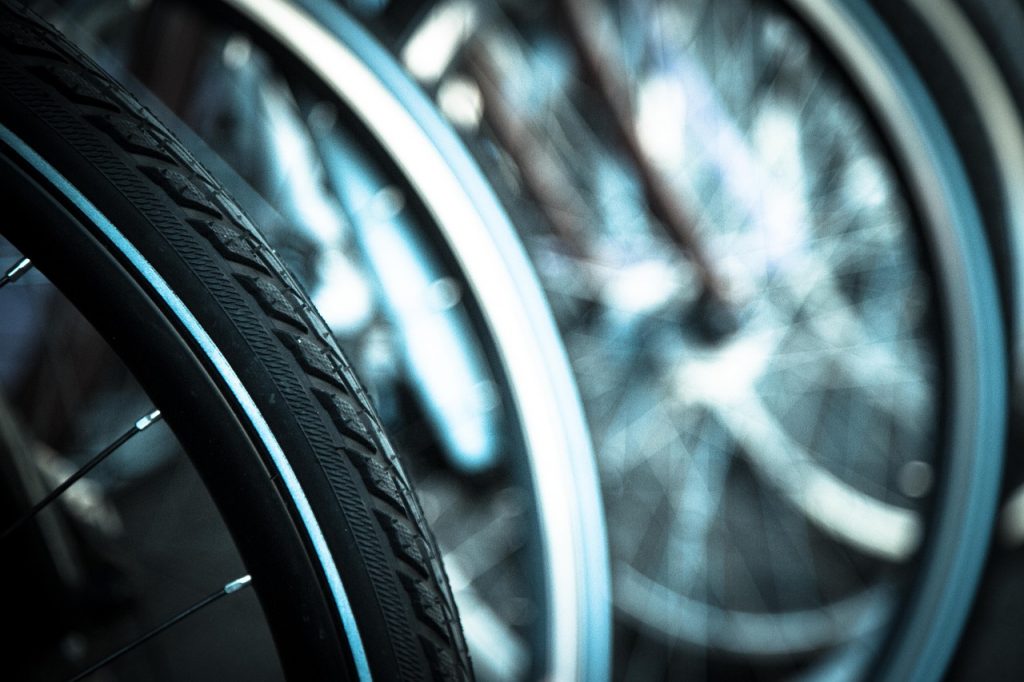
- Tyre pressure – This one is pretty simple, just take a moment to check the pressure of your tyres, ensuring that they are properly inflated and set on the road. A lack of air pressure can result in reduced traction, difficulty in controlling the bike, and permanent damage to the tyres.
- Test your brakes – It’s never a good time to discover that your brakes aren’t working once you’re on the road, but it’s far worse to realise this when you’re coming to a critical stopping point, such as a zebra crossing or a sudden red light.
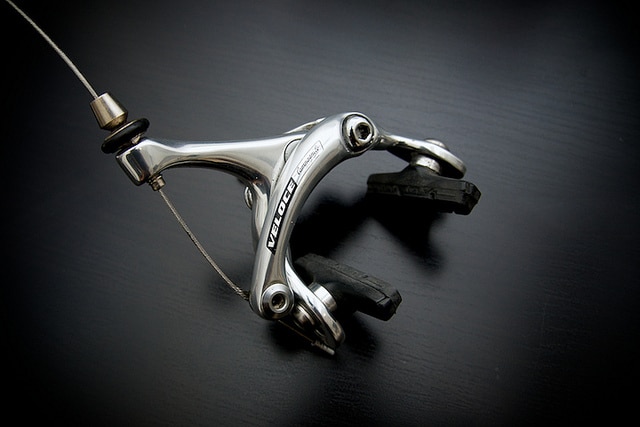
Do a few stops and starts and listen for odd noises, delayed stopping times, or vibrations when coming to a halt. If you notice anything, it’s probably best to take a minute and give your brakes a once over.
- Check your chain – As the bike transfers the motion of your legs to movement in the tyres, you want to ensure that your chain is in good shape. Look for rust and give it a quick squirt of oil so that you can ensure that it’s seated properly for the best possible performance.
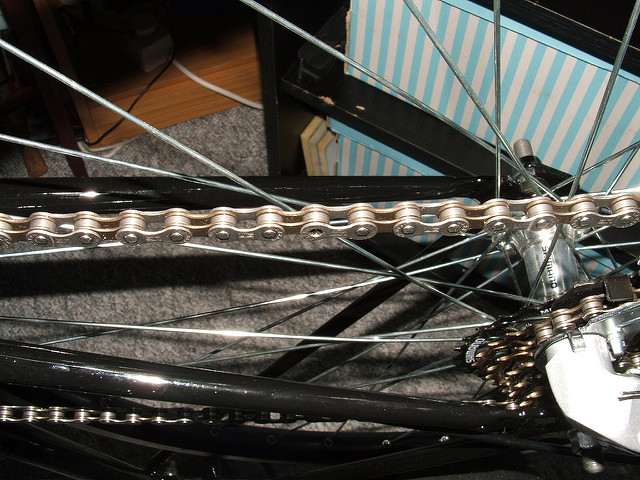
The right gear makes for a safe ride
Picking the right equipment and ensuring its overall health will help guarantee an enjoyable ride. While cycling is safe when done properly, you’ll want to make sure you have the proper equipment to prevent injury in the event of an accident or fall, as well as making sure that it is properly suited for the road ahead.
- It’s all in your head – Or rather, it’s all in your helmet. While most incidents involving a bike are relatively safe and easy to walk away from, it goes without saying that accidents involving cars can be much more hazardous.
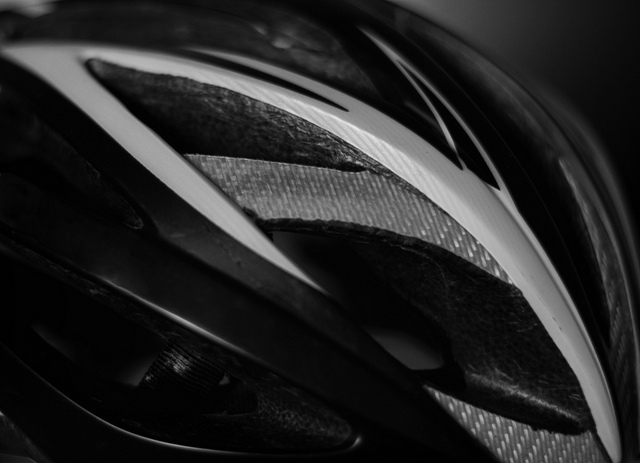
In both cases, there’s no harm from wearing a helmet designed for the best possible protection. The safest helmets for use in the UK adhere to the British Standard BS EN 1078:1997.
For ultimate safety, ensure that the helmet fits safely and snugly without being tilted or sitting below your eyebrows. When putting it on, check that the strap is tightened so only two fingers can be slipped between your chin and the strap.
- Let them see the light(s) – Another essential element of your safety equipment isn’t worn by you, but instead, it goes on your favourite two-wheeled conveyance.
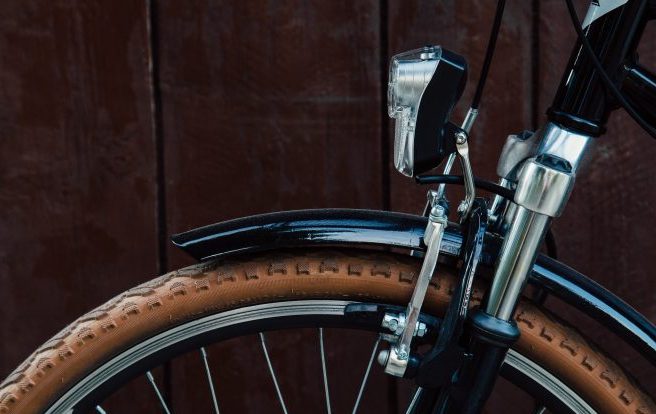
On the rear of the bike you need to place a red reflector, but that’s just the start. Whether operated by battery or generator, you should also have a red light on the rear of your bike above the reflector, and a white one located on the front.
- People go crazy for a sharp dressed cyclist – Safety on the road can be enhanced by wearing proper reflective gear while out on the road.
Contrary to popular belief, this kind of equipment is essential in both day and night as it draws the eye of others to you and helps to avoid collisions or other unfortunate accidents.
Cycling gear should always be snug to avoid getting caught in the chain, and it should breathe well to keep you comfortable during your ride. If the weather is looking a little glum, be sure to add waterproofs or thermals to help keep you dry and warm.
Safety on the road
Alright, you’ve got the right gear together, and you’re set to hit the road. But you’ll still want to practice certain safety tips while you’re out:
- Pick your route carefully – Especially if it’s a route you’ll be travelling frequently and could be a little too acquainted with, as autopilot can be especially dangerous for cyclists.

Pick an area that doesn’t experience heavy traffic during the hours you’ll be travelling.
- Advertise your intentions – Just like motorists use signals to indicate a lane change or a turn, cyclists should use hand signals to notify other vehicles of their intentions.
- The road is yours, use it – Cyclists have a tendency to try to stay out of the middle of a lane, even though they’re entitled to use it the same as any vehicle.
It’s often courteous to hold to one side of the road to make passing easier for motorists, but sometimes you’ll want to take up the whole lane.
The most common occasions are when you’re on narrow roads, are in slow moving traffic, and want to be easily seen, or want to avoid being hit by a car door opening.
- Keep your eyes and ears open – It’s tempting to wear a headset while you’re biking or to have your mobile open for navigation purposes. However, this takes away two of your most important senses, which can lead to tricky situations.
With your ears occupied you’ll be unable to anticipate vehicles coming up behind you, and taking your eyes off the road while in motion is even more dangerous. Things can change rapidly when you’re cycling, so be sure to give yourself the best chance to respond.
- Pretend to be invisible – Assume that no one else on the road can hear or see you.

Cyclists are a small, moving target, and many motorists aren’t comfortable sharing the road with you. If you cycle as though no one is aware of your presence, you’ll remain safe in spite of any difficulties you may encounter on the road.
If you follow these tips, you’ll find your time on the road to be a much safer and fulfilling experience.
Cycling is largely a safe activity and is something that’s enjoyed by thousands of people every day. Take a little extra step to ensure that you remain safe while you’re on the road to ensure that you can continue to enjoy the experience for many years to come.
- Read our Guide to Choosing Your First Bike


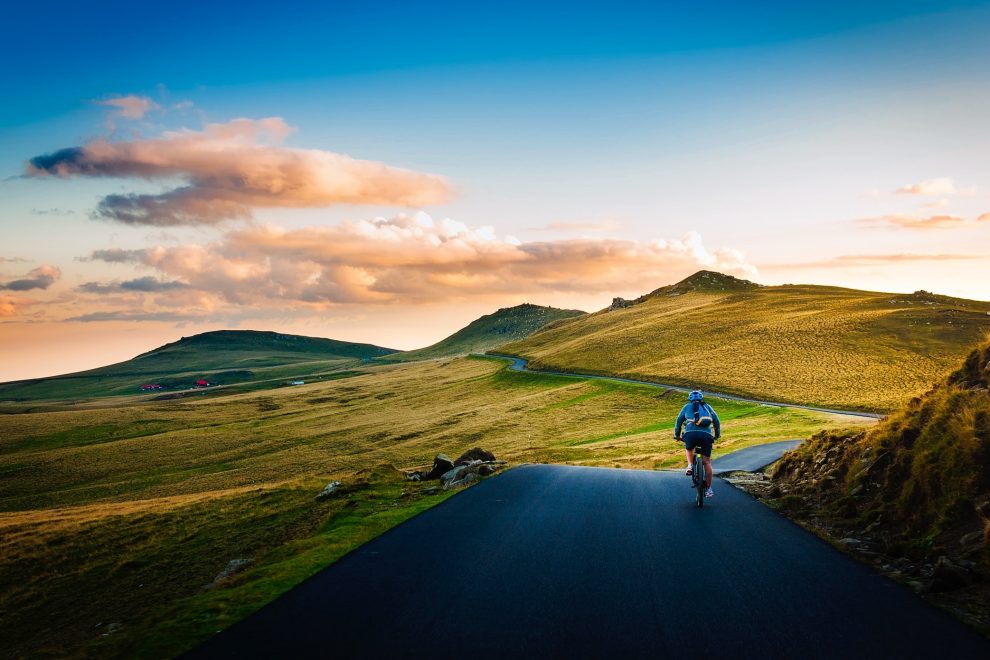
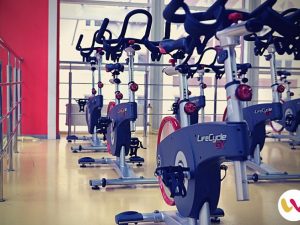
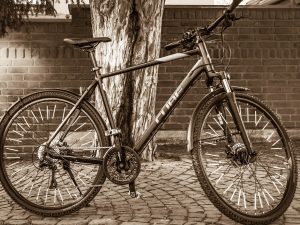
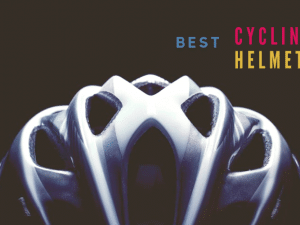

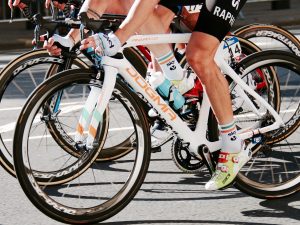
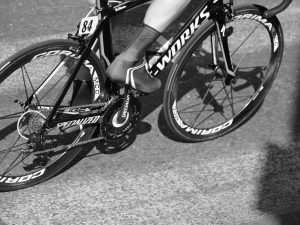
Add Comment